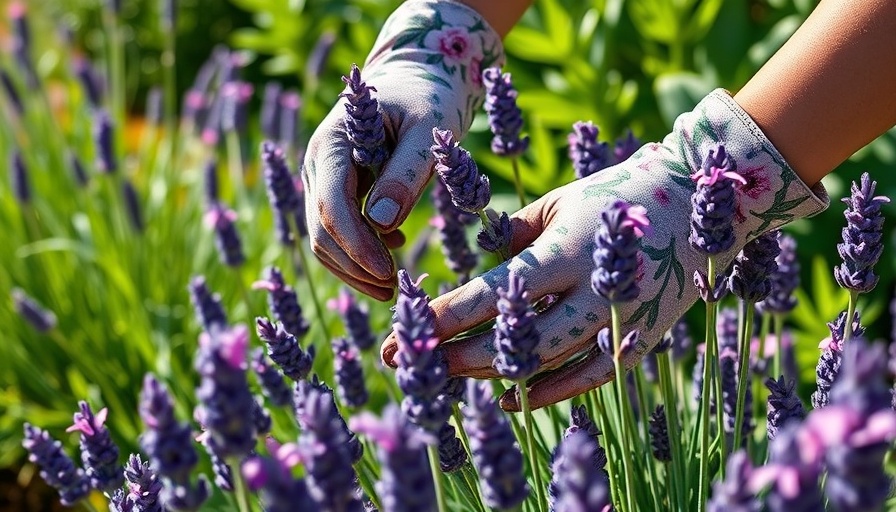
Why Lavender Should Be Your Go-To Backyard Plant
When envisioning the perfect backyard, the right plants can make all the difference. Few plants embody ease and beauty quite like lavender. This aromatic perennial is lauded for its low maintenance needs and stunning visual appeal, making it the ideal choice for homeowners seeking to enhance their outdoor spaces without excessive effort. As you contemplate landscaping options, consider embracing lavender's many benefits.
Lavender's Resilience and Year-Round Appeal
This hardy plant thrives in a variety of climates, showcasing a stunning contrast of vibrant purple flowers against silvery-green foliage. Its natural resilience to drought and neglect allows it to flourish in full sun or partial shade. Whether you have rocky, sandy, or even heavy clay soil, lavender has remarkable adaptability. Its unique sheen and petite blossoms provide a delightful charm throughout the seasons — maintaining visual interest even when not in full bloom.
Versatile Uses: Beyond Just Aesthetic Appeal
Lavender isn't merely a pretty face; it brings a host of practical benefits as well. Known for its aromatic properties, lavender enhances culinary dishes, serves as a natural insect repellent, and plays a significant role in aromatherapy. Infused in oils, teas, and potpourri, its fragrant essence adds both flavor and calm to any setting. Furthermore, this multifaceted herb is an excellent companion plant, deterring pests like aphids, whiteflies, and moths — making it a win-win in any garden.
Setting Up for Success: Planting and Care Tips
Successfully growing lavender doesn't require a green thumb; it's surprisingly forgiving for new gardeners. Here’s how you can ensure your lavender thrives:
- Soil and Drainage: Lavender favors sandy or rocky soil with excellent drainage. If you have clay-heavy soil, consider raised beds or containers to encourage drainage.
- Light Requirements: This sun-loving plant flourishes when exposed to at least six hours of direct sunlight daily, ensuring a healthy and vigorous growth.
- Watering Wisely: After establishing itself, lavender requires minimal watering. Overwatering is a common pitfall; only provide water during prolonged dry spells.
A Practical Addition To Any Yard
In a world where many homeowners juggle busy lives, low-maintenance plants like lavender shine brightly. Its ability to add sensory delight and visual appeal while doing the heavy lifting of pest-control makes it a practical choice for any backyard landscape. By opting for lavender, you're not just planting a flower; you're nurturing a versatile source of culinary joy, scent, and beauty.
Common Mistakes to Avoid
As simple as lavender is to care for, first-time growers can sometimes encounter pitfalls. Here are some common errors to steer clear of:
- **Overwatering:** Allow the soil to dry between waterings to prevent root rot.
- **Over-fertilizing:** Lavender thrives in nutrient-poor soils — too much fertilizer can hinder its growth.
- **Spacing Issues:** Provide adequate space for lavender to grow; overcrowding can lead to poor airflow and disease.
Make Lavender a Staple of Your Garden
In summary, lavender is an unrivaled choice for creating an easy-to-maintain, vibrant garden. Its diverse benefits — from aesthetic charm to pest control and culinary uses — make it a multifunctional gem in any backyard. To harness all that lavender has to offer, consider integrating it into your landscape plan. Start your journey towards a flourishing outdoor space today by planting lavender!
Whether you're an experienced gardener or just starting, growing lavender can enhance your garden dramatically. So roll up those sleeves, get your hands dirty, and prepare to experience the joy that lavender will surely bring to your outdoor oasis.
 Add Row
Add Row  Add
Add 




Write A Comment